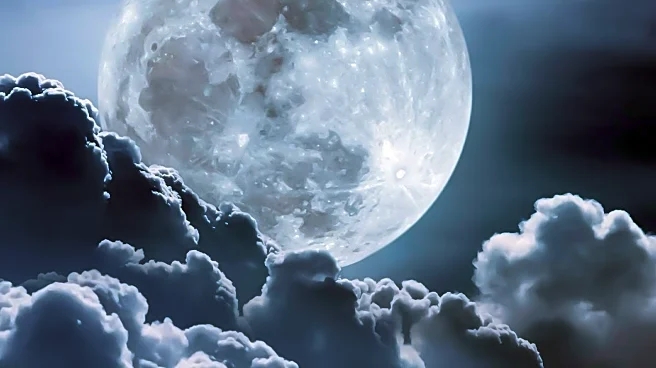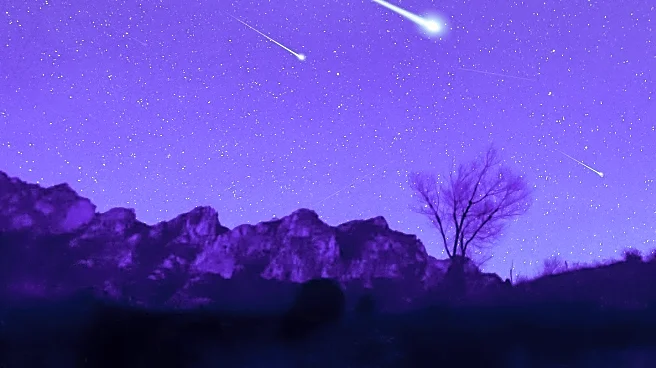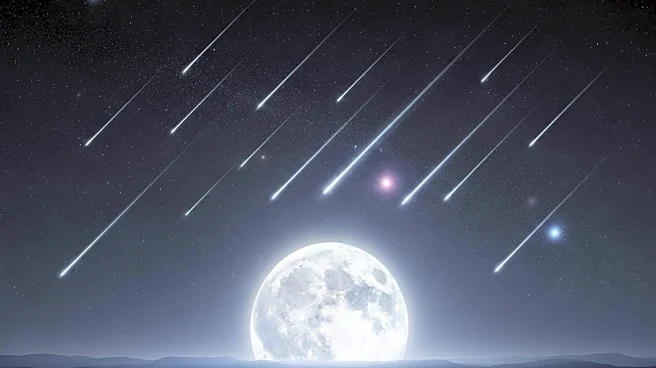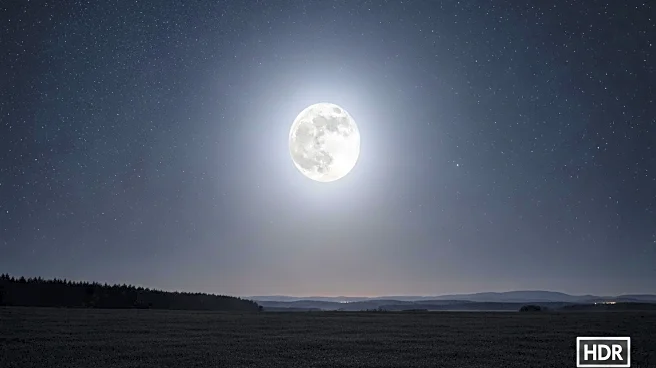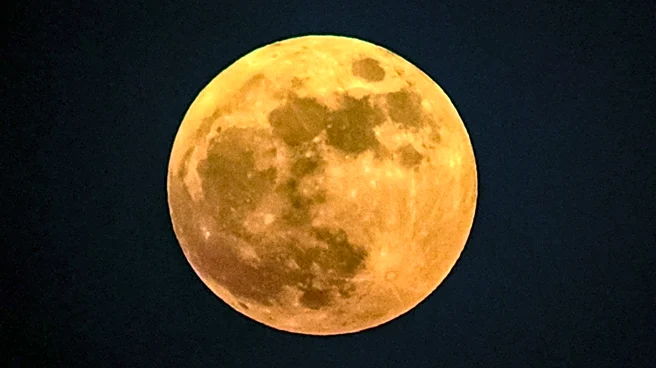What's Happening?
The upcoming months will feature four consecutive supermoons, starting with the Hunter's moon in October. A supermoon occurs when the moon is at its closest point to Earth, appearing larger and brighter than usual. The sequence includes the Beaver moon in November, the Cold moon in December, and the Wolf moon in January. These celestial events offer a spectacular view for skywatchers, with the best viewing times being when the moon is rising or setting. The first supermoon will be visible on October 7, with subsequent opportunities to observe the moon's journey across the night sky.
Why It's Important?
Supermoons provide an opportunity for public engagement with astronomy, sparking interest in celestial phenomena. These events are accessible to everyone, requiring no special equipment to enjoy. The increased visibility of the moon during a supermoon can inspire educational activities and community events centered around astronomy. Additionally, the occurrence of multiple supermoons in a row is a rare event, offering a unique chance for observation and study. This series of supermoons highlights the beauty and wonder of the natural world, encouraging people to look up and explore the universe.

